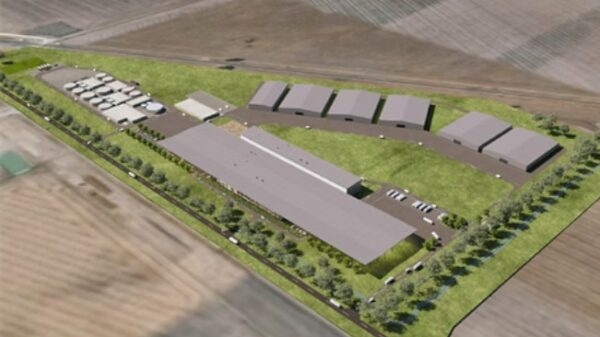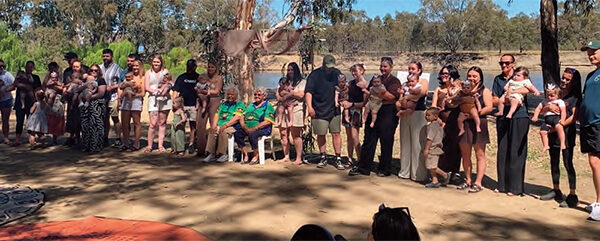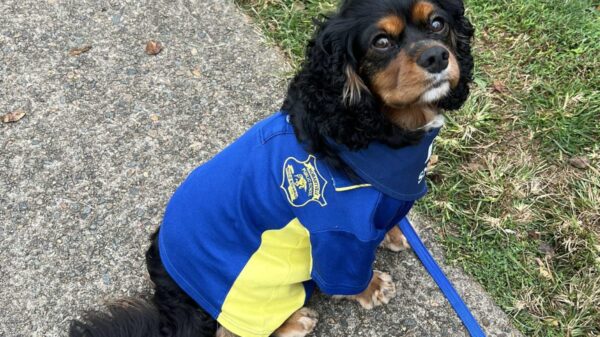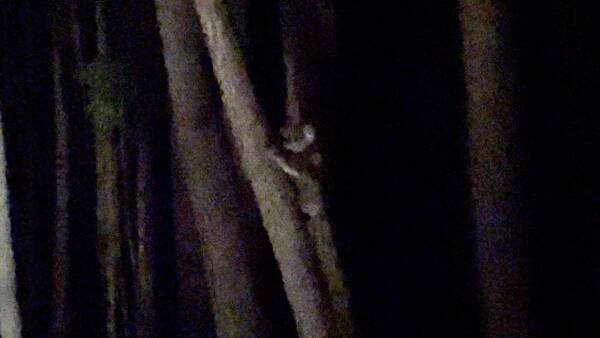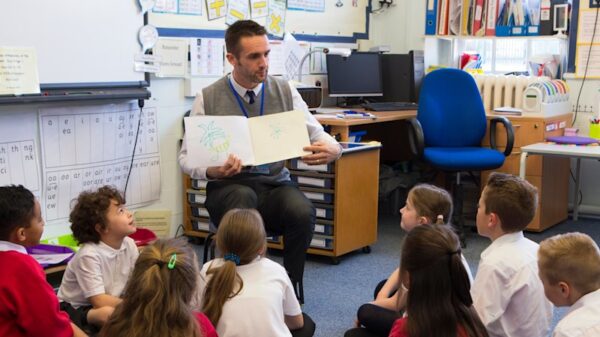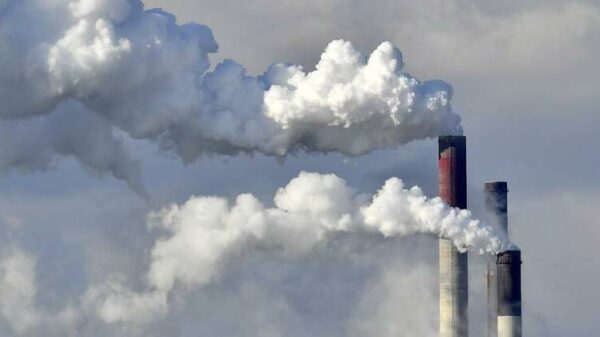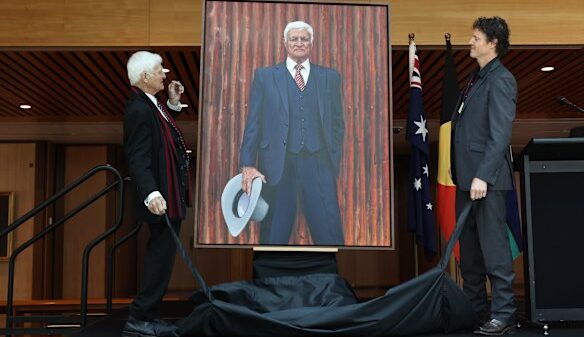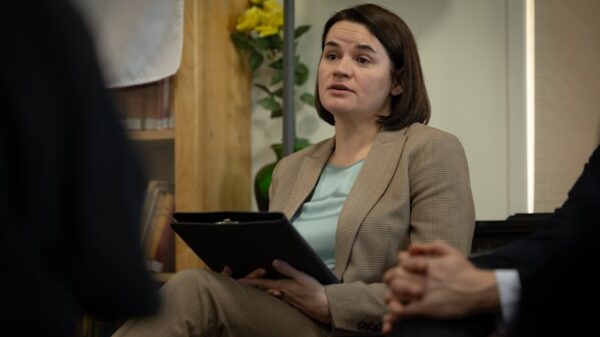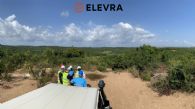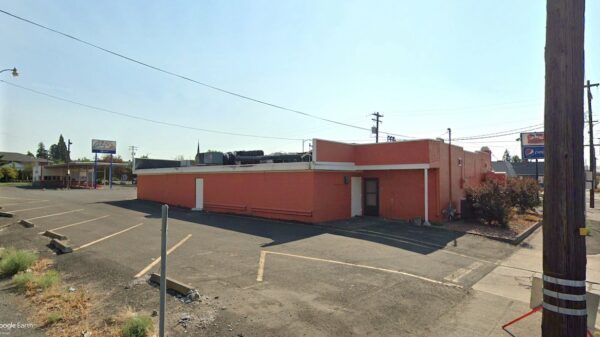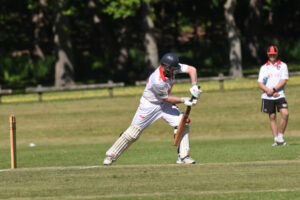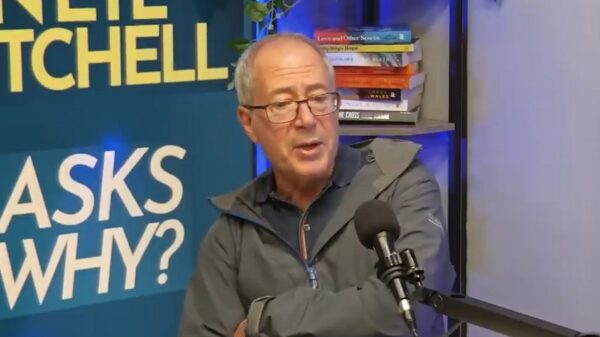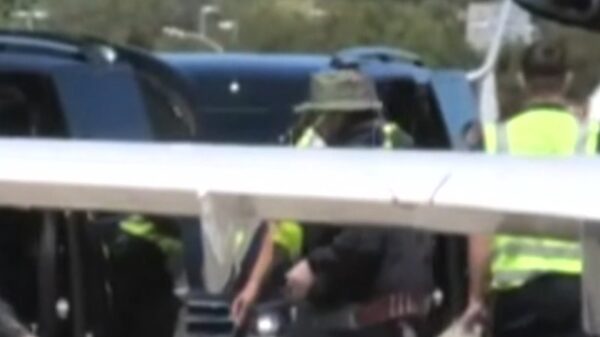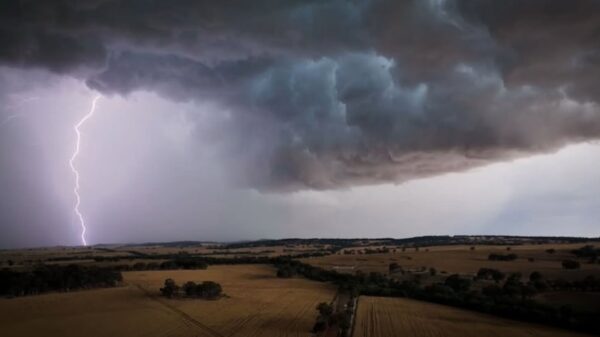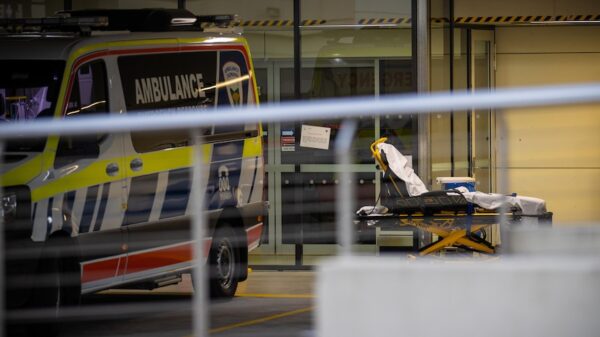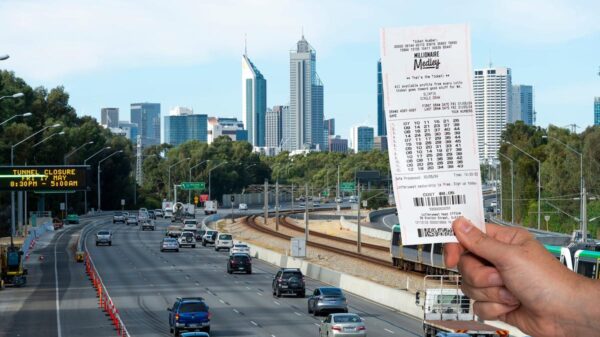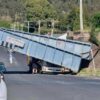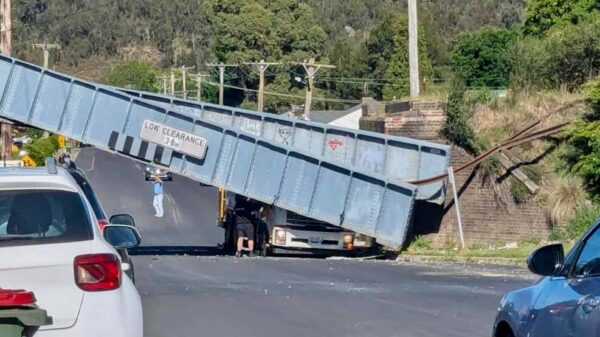UPDATE: A rare sighting of a female koala with a juvenile in Wapengo has ignited fresh optimism for the recovery of the Far South Coast’s koala population. Stephen Tonkin spotted the duo at 10:20 PM on October 17, 2023, marking his first encounter with koalas in 40 years. This rare event is a significant indicator that these endangered animals are beginning to thrive once again.
Experts are thrilled about the sighting. Chris Allen, spokesperson for the Far South Coast Koala Action Network (KAN), expressed his excitement, stating, “If someone sees a female with a young one, that’s fantastic.” He highlighted that the area south of the Murrah River is known for higher koala numbers, with previous drone surveys revealing 50 koalas in just a fraction of the landscape. “This suggests we may have a few hundred in the region,” Allen noted.
For the past two years, various organizations, including the NSW Koala Strategy and the National Parks and Wildlife Service (NPWS), have been actively working to support koala conservation in the area through drone and acoustic surveys. Despite concerns about dwindling populations, Allen believes this sighting provides hope for the short to medium term, especially since the core habitat has been largely untouched by fires for over 40 years.
However, Allen cautioned that some regions severely impacted by the 2019-20 Black Summer fires and the 2023 Coolagolite fire show no signs of koala breeding. He noted that the Wapengo koalas appear to be chlamydia-free, a critical factor in their potential recovery. “In good conditions, these populations can double every three years,” he explained. Chlamydia infections in wild koalas vary significantly across Australia, leading to infertility and other severe health issues.
In recent years, local residents have increasingly reported koala sightings in Wapengo and surrounding areas, including Gillard’s Campground and Doctor George Mountain. In 2021, local resident Robert Bertram noted fresh koala scat along his road, leading to his discovery of a koala that remained in a tree for three days. Two months later, a video of a koala casually strolling near Wapengo Road gained traction on social media, raising awareness of the vulnerable species.
In response to these sightings, Allen has advocated for better road signage to protect koalas, especially during the busy summer tourist season. “They are highly vulnerable to vehicles, particularly at night during the breeding season in spring,” he stressed.
To aid conservation efforts, the Department of Climate Change, Energy, Environment and Water (DCCEEW) encourages the public to report koala sightings through the free “I Spy Koala” app or online forms, providing crucial data on koala conditions and locations. “Even small actions, like planting suitable koala feed tree species, can significantly impact their long-term survival,” a DCCEEW spokesperson said.
These sightings, especially of mothers with joeys, are vital in confirming the presence of koalas and indicating that breeding is occurring in the area. As the community rallies around these findings, the hope is that the Far South Coast’s koala population will continue to grow and thrive, bringing joy and renewed commitment to their conservation.
Stay tuned for more updates on this developing story as experts continue to monitor the situation closely.

